Commentary: Indonesia submarine tragedy exposes painful realities of international rescue operations
SINGAPORE: Submarines keep to capture the imagination of both naval planners and the full general public akin.
They are seen as the force multiplier, especially for weaker militaries, serving as an asymmetric counter to a stronger adversary.
The "Silent Service", every bit submarine forces are normally nicknamed, is considered the elite of any navy, constituting a meaning peacetime deterrent and a combat capability.
READ: Commentary: How China will try to subdue Taiwan – without firing a bullet
Over the decades, every bit Southeast Asia embarked on a spate of submarine proliferation, there had been warnings about the potential likelihood of incidents.
These span diplomatic ones such as the infamous "Whiskey on the Rocks" episode that saw a Soviet submarine grounded on Swedish shores back in 1981, and unfortunate accidents such as the collision betwixt United states of america submarine Greeneville and Japanese vessel Ehime Maru in 2001.
Prior to last week, the well-nigh contempo submarine mishap took place in February in Northeast Asia, when the Japanese submarine Soryu scraped the hull of a commercial vessel in the Pacific Ocean, while surfacing off Shikoku.
Fortuitously, while the submarine suffered harm, including a communications blackout, and three coiffure members were slightly injured, it returned safely to base.
The Indonesian submarine KRI Nanggala was not as lucky.
The boat lost contact with shore regime around the fourth dimension it last dived to become into position for a torpedo alive-firing. Afterward iii days of intensive search, by which time the submarine is thought to have already depleted its oxygen supply, Indonesian authorities delivered the bad news: All 53 crew members are confirmed dead. Debris from the Nanggala was recovered.
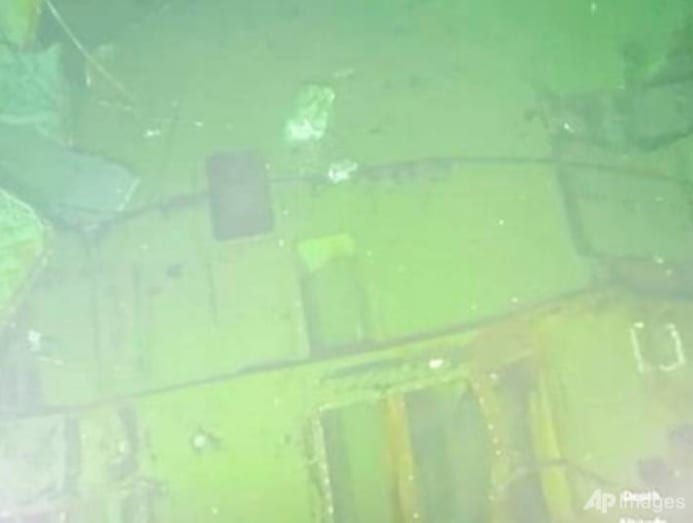
The wreckage was found and visually verified on the seabed over 800m deep, well past the designed maximum diving depth of the submarine.
This latest tragic loss is the commencement such submarine mishap in Southeast Asia.
READ: In race to observe missing Indonesian submarine, carbon dioxide may be the enemy
LIMITS OF Strange RESPONSE
To Indonesia'south credit, their response was swift and decisive. Cognisant of its resource limitations, the Indonesian military speedily sought foreign aid through the International Submarine Escape and Rescue Liaison Office (ISMERLO) aqueduct.
It invoked the Arrangement between the Republic of Singapore Navy and the Indonesian Navy Concerning Submarine Rescue Support and Cooperation signed in 2012.
Indonesian government fully understood the overarching priority to rapidly locate the lost submarine and mount a rescue try for whatsoever survivors on board.
This stands in sharp contrast to Moscow's initial reaction. When the Russian submarine Kursk was lost in August 2000, Russia opposed foreign aid on grounds of national security until information technology was too late to mountain any meaningful rescue for the trapped survivors.
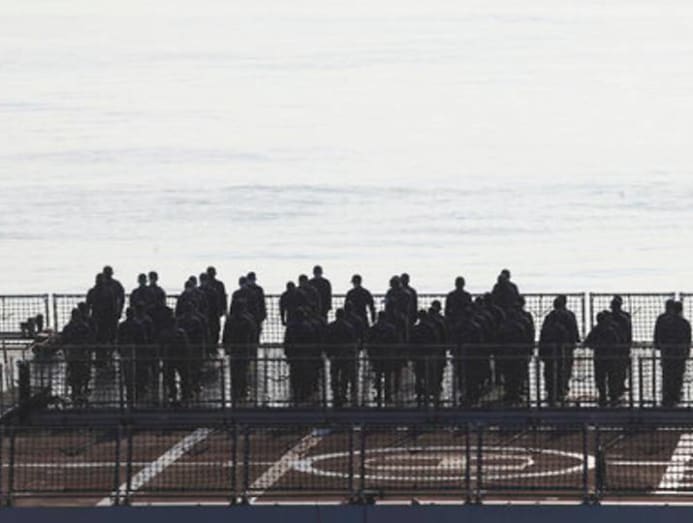
International response to Jakarta'southward call for help had come up as quickly too – with Commonwealth of australia, Republic of india, Malaysia and the U.s. among strange governments that dispatched assets.
Immediately upon receipt of the Indonesian request, Singapore dispatched the navy's submarine support and rescue vessel MV Swift Rescue, which mounts a Deep Search and Rescue 6 deep-submergence rescue vehicle (DSRV) that very afternoon on April 21.
While the rescue has at present turned into a recovery operation, attributable to the devastating news over KRI Nanggala, the incident aptly demonstrated the usefulness of established international submarine emergency response procedures.
READ: Is there an arms race among navies in Southeast Asia? A commentary
More than pertinently perhaps, information technology highlighted the utility of regional cooperation – equally seen in the outpouring of support and offers of assistance.
Time IS OF THE ESSENCE
International cooperation in submarine emergency response volition always be important. Foreign militaries may possess the requisite capabilities ane does not have that could be critical to any submarine emergency state of affairs.
Only submarine emergency response is substantially also a race confronting time.
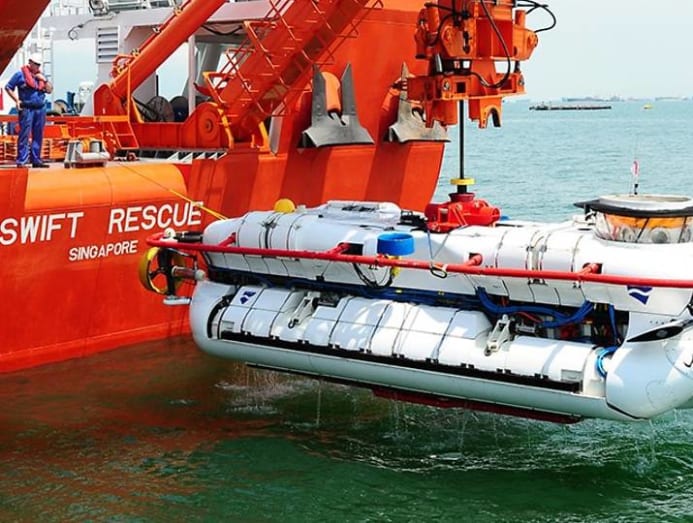
In this respect, international cooperation, while important, does have limitations. Information technology could be the tyranny of geographical altitude between the foreign country sending a submarine rescue ship to the site of mishap.
Even if a strange country airlifts a DSRV to the country concerned, this would crave an fairly-equipped vessel of opportunity in the port nearest to the site to be available. Time will be needed to outfit this vessel earlier deployment.
Having to sail a distance of over 1,500 km from Changi Naval Base to the site off Bali, nether the all-time circumstances, the Swift Rescue would merely make it no earlier than the late afternoon or evening of Apr 23.
As the oxygen supply on board the Nanggala was estimated to run out by 3am of Apr 24, there was only a very limited window for rescue once the Swift Rescue gets into position.
READ: Indonesian president sends condolences to families of coiffure on doomed submarine
There are also other factors working against such an attempt – the weather and sea conditions in particular.
If anything, the Nanggala episode shows the need for submarine-operating and aspiring navies to more seriously call up about the supporting infrastructure that backstops safe and constructive submarine operations.
MORE THAN Simply SUBMARINES
All the same, the Nanggala tragedy is not likely to put a damper on enthusiasm amidst regional navies in acquiring submarines.
Autonomously from Republic of indonesia, Malaysia is thinking of expanding its fleet, Thailand is building one from scratch, and the Philippines has submarine plans in the pipeline.
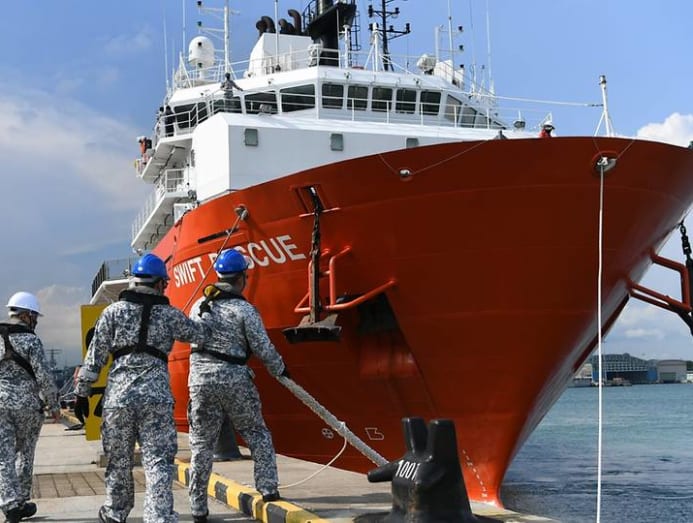
It has go clear that submarine capabilities should not solely be just about the submarines themselves.
Navies that seek to establish a credible, rubber and effective underwater capability will have more than submarines to worry about. The after-sales life cycle of the submarines and their essential maintenance, repairs and overhauls schedules go on to be critical factors to consider from the financial, operational and safety point of view.
Given exorbitant costs involved, longer service for modern submarines today are expected, fifty-fifty if past their average life span. Grooming of the crew and shore-based supporting personnel will also go on to exist crucial
READ: Commentary: Meet the Republic of Singapore Navy'due south new poison shrimp. They even call it 'Invincible'
Just for navies to respond to emergencies involving their submarines, they cannot merely rely on strange help.
A submarine supporting infrastructure must include an emergency response adequacy - an additional expense for cash-strapped navies.
Yet through the decades of submarine proliferation across the oceans in this region, there has been an uneven emphasis on emergency response capabilities.
Navies in Northeast Asia – such as China, Nihon and South korea – besides as Australia, possess such capabilities as an organic office of their submarine forces. In Southeast Asia, but Malaysia, Singapore and Vietnam have such capabilities out of the five submarine-operating navies.
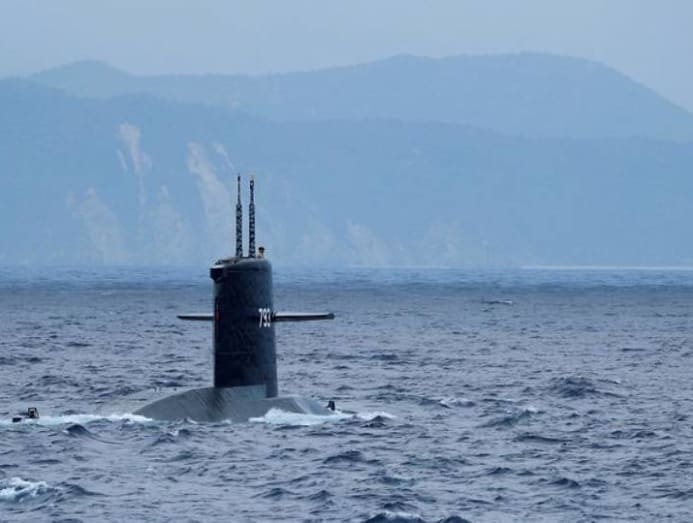
Vietnam is an interesting case. While its navy was in the process of building its fleet of 6 Kilo class submarines purchased from Russia, Vietnam signed a submarine emergency response agreement with Singapore in 2022 – equivalent to the 1 signed betwixt Indonesia and Singapore the year before.
But this did not stop Vietnam from acquiring its own submarine rescue vessel, the Yet Kieu, commissioned in tardily 2019.
Having an organic submarine emergency response capability will come handy in times of a mishap.
READ: Commentary: Fighter jets get attention just defending Singapore against rockets and drones require very different tools
READ: Commentary: They already have jet bombers and super missiles. Will Chinese fighter jets be more powerful than America's soon?
Furthermore, in today'southward context when it is increasingly challenging to recruit sufficient manpower to crew submarines – a hazardous job compared to what surface warship crews are subjected to – information technology is necessary to win the confidence of people who piece of work within these steel cylinders.
Submariners expected to put their lives at pale would also expect bodacious help should they ever see distress out at body of water.
Collin Koh is research swain at the Constitute of Defence and Strategic Studies, a constituent unit of the Due south Rajaratnam Schoolhouse of International Studies based in Nanyang Technological Academy, Singapore.
Source: https://cnalifestyle.channelnewsasia.com/commentary/commentary-indonesia-submarine-tragedy-exposes-painful-realities-international-rescue-operations-297421
0 Response to "Commentary: Indonesia submarine tragedy exposes painful realities of international rescue operations"
Post a Comment